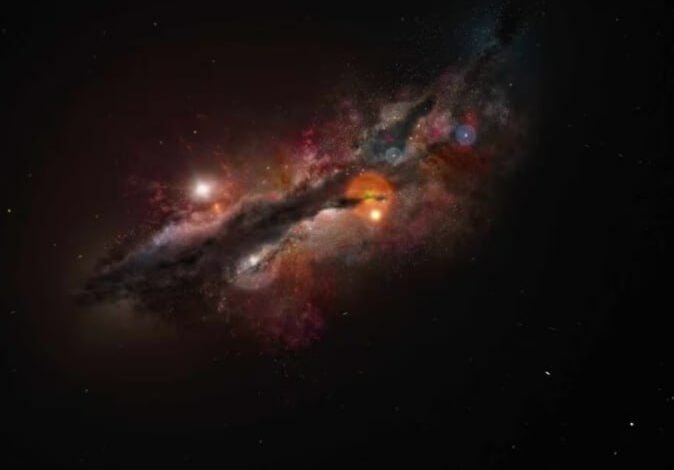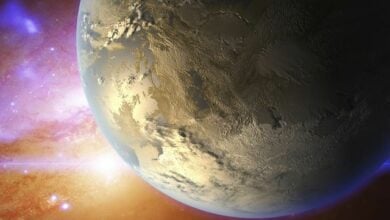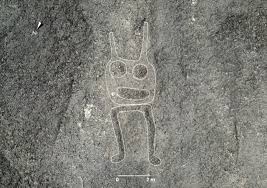Scientists Detect Oxygen in Universe’s Most Distant Galaxy

Scientists Detect Oxygen in Universe’s Most Distant Galaxy
——————————
In a groundbreaking discovery, astronomers have detected traces of oxygen in JADES-GS-z14-0, the most distant galaxy ever found, Earth.com reported. This finding was made using the Atacama Large Millimeter/submillimeter Array (ALMA) and the James Webb Space Telescope (JWST). The light from this galaxy took an astonishing 13.4 billion years to reach Earth, meaning scientists are observing it as it was when the universe was only 300 million years old, a period known as “cosmic dawn.”
The presence of oxygen at such an early stage of the universe is a significant surprise. According to existing models, this era was thought to be too young for heavy elements like oxygen to be common. The discovery suggests that at least two generations of stars must have been born and died within the galaxy in a very short amount of time, a much more rapid process than previously believed.
This finding challenges our current understanding of how quickly the early universe evolved and enriches. It also highlights the powerful synergy between ALMA and the JWST, which together are revealing new insights into the formation and evolution of the very first galaxies.






